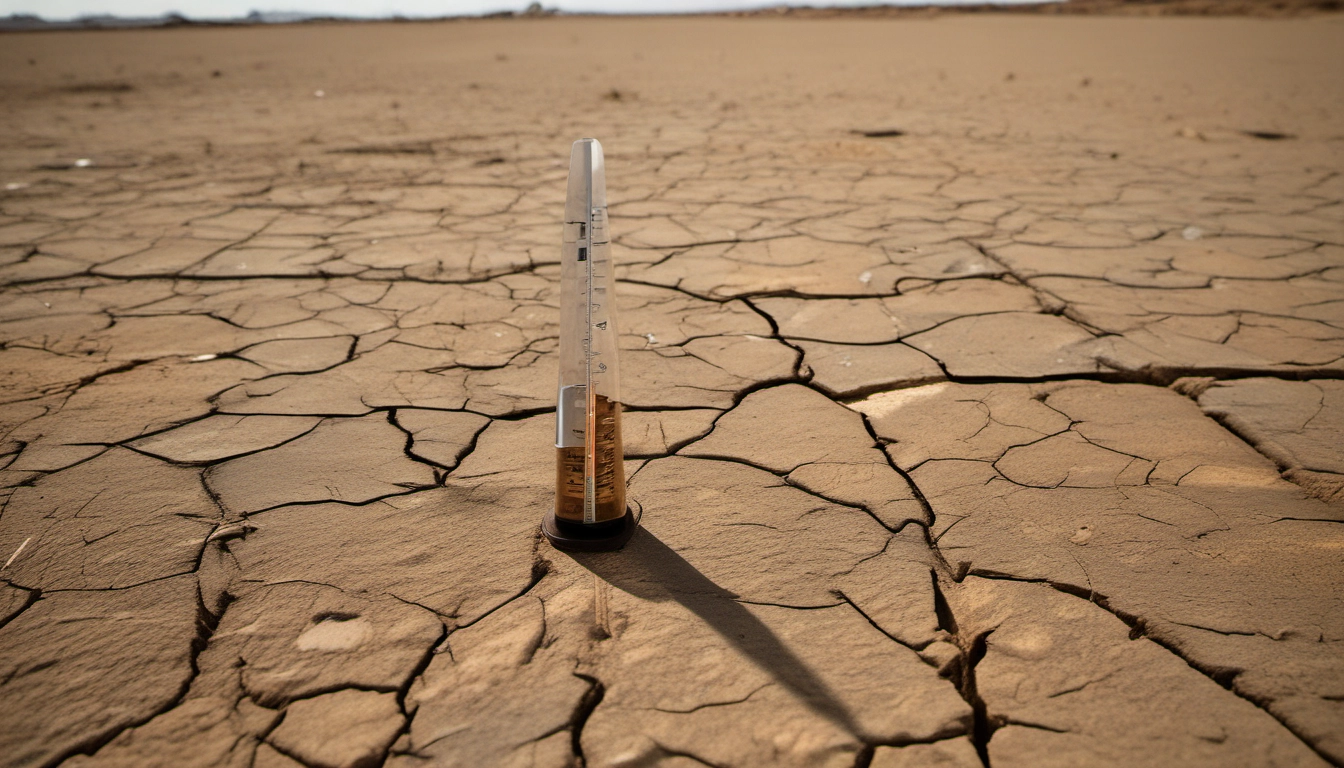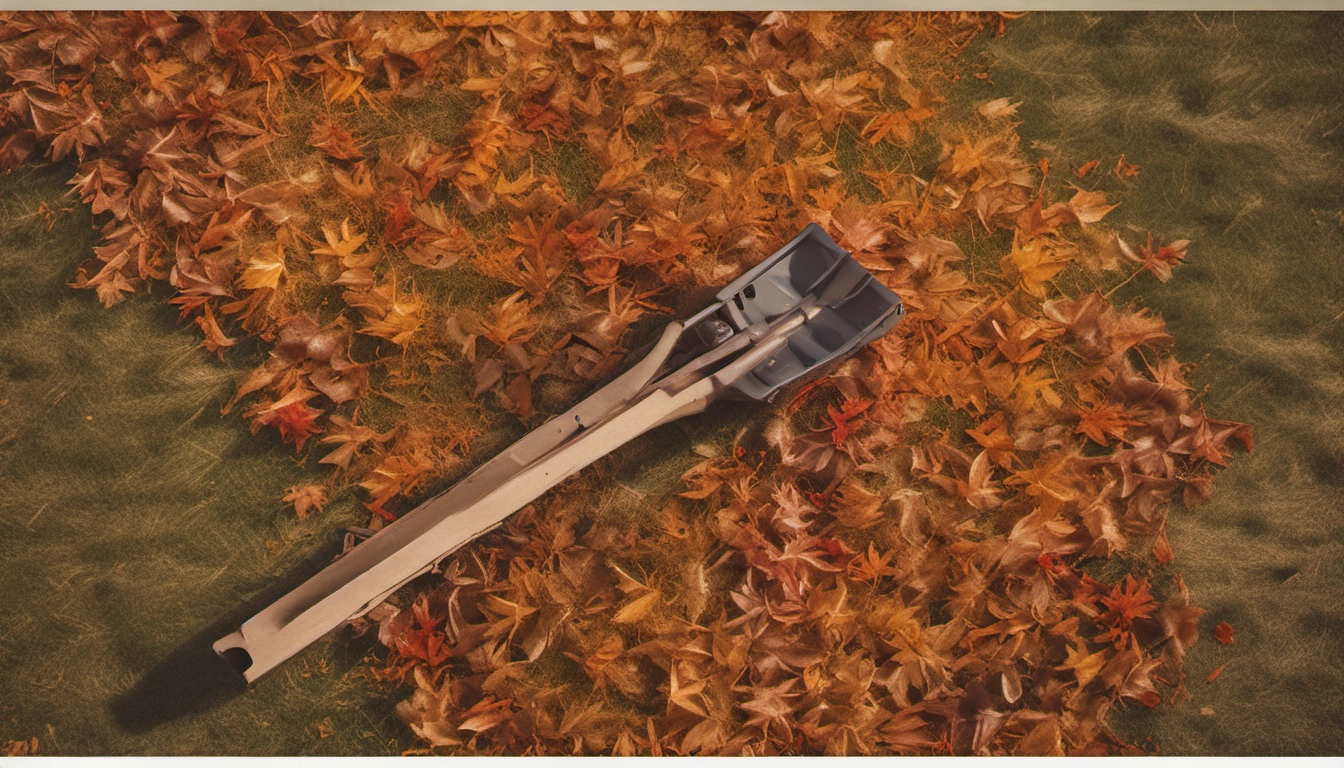Heat Exhaustion vs. Heat Stroke: Symptoms & First Aid
Learn the difference fast: spot heat exhaustion vs. heat stroke, follow simple first aid, and know when to call 911 to protect your family.

Heat Exhaustion vs. Heat Stroke: Symptoms & First Aid
Here is the short answer: Heat exhaustion makes you feel weak, dizzy, and sweaty. It needs fast cooling and fluids.
Heat stroke is a medical emergency. It can cause confusion, fainting, or seizures, and a very high body temperature. Call 911 right away for heat stroke. Use the quick chart below to spot the difference and act fast.
| Feature | Heat Exhaustion | Heat Stroke |
|---|---|---|
| Severity | Serious; can get worse without care | Life-threatening; emergency |
| Body temperature | Normal to slightly high (often under 104°F) | Very high (often 104°F or higher) |
| Sweating & skin | Heavy sweating; cool, pale, or clammy skin | May stop sweating; skin can be hot, dry, or very sweaty |
| Mental state | Tired, dizzy, headache, nausea | Confusion, slurred speech, fainting, seizures |
| Key signs | Weakness, thirst, cramps, nausea, headache | Confusion or fainting + very hot body |
| What to do | Move to a cool place, loosen clothes, sip water or sports drink, cool with wet cloths | Call 911, cool fast with cold bath, ice packs, or cold water + fanning; do not give drinks if confused |
| When to call 911 | Symptoms last over 1 hour, get worse, or vomiting starts | Right away—heat stroke is deadly without urgent care |
Quick First Aid: What to Do Now
- If you suspect heat stroke: Call 911. Move the person to shade or AC. Remove outer layers. Cool fast: best is a cold-water bath or ice bath if available. If not, soak skin with cool water and fan, and place cold packs at neck, armpits, and groin. Do not give anything to drink if the person is confused, vomiting, or unconscious. Guidance aligns with OSHA first aid and the American Red Cross.
- If it looks like heat exhaustion: Move to a cool spot. Loosen clothing. Sip water or a sports drink. Put cool, wet cloths on skin or take a cool shower. If symptoms do not improve in 1 hour, get medical care. See more from NHS guidance and Mayo Clinic.
How to Tell the Difference Fast
- Skin and sweating: Heat exhaustion usually has heavy sweating with cool, pale, or clammy skin. Heat stroke can show hot skin that may be dry or very sweaty.
- How the person acts: Heat stroke often shows brain symptoms like confusion, slurred speech, fainting, seizures, or being hard to wake. That is your 911 sign. This matches medical guidance from the Cleveland Clinic and Johns Hopkins Medicine.
- Body temperature: If a thermometer is handy, heat stroke is often 104°F or higher. But do not wait to cool just to get a reading.
- Time and place: Hot, humid days raise risk fast. Check the heat index and the CDC's HeatRisk Dashboard before going out. Learn more about heat index from Gavi and heat risk forecasting from Wisconsin DHS and the National Weather Service.
Heat Exhaustion: Signs and Home Care
Heat exhaustion happens when you get hot and dehydrated. It often starts with dizziness, headache, weakness, thirst, heavy sweating, pale or clammy skin, nausea, or muscle cramps. These match descriptions seen in public health guidance and clinical sources.
What to do at home
- Stop activity. Move to shade or AC.
- Loosen or remove extra clothing.
- Drink water or a sports drink. Take small sips often.
- Cool your body: place cool, wet cloths on skin, take a cool shower, or sit in front of a fan.
- Rest. Most people feel better in 30–60 minutes.
Get medical help if symptoms last more than an hour, get worse, or if you throw up. Without care, heat exhaustion can turn into heat stroke, which is deadly. See more at NHS and Mayo Clinic.
Heat Stroke: Signs and Emergency Care
Heat stroke happens when your body heats up so much it can't cool down. It often shows a body temperature of 104°F or higher plus severe brain symptoms: confusion, slurred speech, behavior changes, fainting, seizures.
Skin can be hot and may be dry or very sweaty. This is a medical emergency. Guidance matches Johns Hopkins, Cleveland Clinic, and OSHA.
Emergency steps while waiting for 911
- Move to shade or AC. Remove outer layers.
- Cool fast. Best: cold-water immersion or ice bath. If you can't do that, soak skin with cool water and fan. Place cold packs at the neck, armpits, and groin.
- Do not wait for a thermometer to start cooling. Time matters.
- Do not give drinks if the person is confused, vomiting, or unconscious.
These steps are backed by the American Red Cross and OSHA guidance:
When in doubt, cool the worker and call 911.
Prevention: Simple Steps that Work
- Plan with the forecast. Check the heat index and CDC's HeatRisk before you go. Hot and humid days raise danger fast, as noted by the National Weather Service and Gavi.
- Time your activity. Be active in the morning or evening. Take breaks in shade every hour. Outdoor workers and young athletes need regular rest, as advised by UC Davis Health.
- Stay cool. Use AC if you can, or visit a library or cooling center. See tips at HeatReadyCA and the Red Cross.
- Hydrate. Sip water often. For long, sweaty activity, add a sports drink for salt and minerals. Avoid alcohol and caffeine—they can dehydrate you. Backed by Mayo Clinic and UC Davis Health.
- Dress smart. Wear light-colored, loose, breathable clothes and a wide hat. Use sunscreen; sunburn makes it harder to cool down, notes Mayo Clinic.
- Never leave children or pets in cars. Even mild days turn deadly inside a vehicle. Cracked windows don't help. See the warning from Baystate Health.
- Check on others. Older adults, kids, and people with health problems are at higher risk. See the CDC's advice on who's most at risk at Heat and Your Health.
High-Risk Groups: Extra Steps
Children
- They heat up faster and may not rest or drink enough. Watch for headache, tiredness, and heavy sweating. Learn more from Johns Hopkins Medicine.
- Hydrate often. Plan breaks every 20–30 minutes in shade. Cancel practice on high heat-risk days.
Older adults (65+)
- They may not feel thirst or heat as quickly. Some medicines raise risk (for example, diuretics and some mental health drugs). See details at Alabama Department of Public Health.
- Use AC if possible. Ask a friend or caregiver to check in during heat waves. Visit cooling centers if your home is too hot.
Outdoor workers & athletes
- Use work/rest schedules. Take a 10-minute shade break each hour (more if it's very hot or humid). Follow team or job heat plans that match OSHA guidance.
- Train gradually in heat. Drink water often. For multi-hour exertion, use sports drinks.
People with health conditions
- Heart, kidney, and lung conditions, or pregnancy, can raise risk. Ask your doctor how heat and your medicines interact. Some meds need to be kept cool, notes the CDC.
Coach/Caregiver Pocket Checklist (Printable)
Copy, print, and keep this with your first-aid kit.
HEAT ILLNESS POCKET CARD
Spot Heat Exhaustion
[ ] Heavy sweating; pale/clammy skin
[ ] Headache, dizziness, weakness
[ ] Nausea or muscle cramps
Do (Heat Exhaustion)
[ ] Move to shade/AC; loosen clothing
[ ] Sip water or sports drink
[ ] Cool with wet cloths or cool shower
[ ] If not better in 1 hour or vomiting starts, seek care
Spot Heat Stroke (EMERGENCY)
[ ] Very hot body (often 104°F+)
[ ] Confusion, slurred speech, fainting, seizures
[ ] Skin hot (dry or very sweaty)
Do (Heat Stroke)
[ ] Call 911 now
[ ] Cool fast: cold-water bath or soak + fan
[ ] Ice packs to neck/armpits/groin
[ ] Do NOT give drinks if confused/unconscious
Plan Ahead
[ ] Check heat index/CDC HeatRisk daily
[ ] Schedule breaks; use shade/AC
[ ] Drink water often; add sports drink for long, sweaty activity
[ ] Never leave kids or pets in cars
FAQ
What are symptoms of heat stroke in a child?
Look for a very hot body (often 104°F or more), confusion, trouble speaking, fainting, or seizures, and skin that is hot (dry or very sweaty). Call 911. Cool the child right away with water and fanning while you wait. Guidance aligns with Johns Hopkins and the Red Cross.
What are early warning signs of heat stroke in the elderly?
Watch for worsening confusion, trouble walking or speaking, or fainting, plus a hot body. Older adults may not feel thirst, and some medicines raise risk. If mental changes appear on a hot day, treat it as heat stroke, call 911, and start cooling. See more at ADPH and the CDC.
Can you have heat stroke without a fever?
Heat stroke almost always includes a very high core temperature. Skin might feel dry or sweaty, but the inside temperature is still high. Without a high core temperature, it is more likely heat exhaustion. When in doubt, start cooling and call 911, following OSHA advice.
What should I drink for heat exhaustion?
Water is best. If you sweat a lot for over an hour, add a sports drink to replace salts and minerals. Avoid alcohol and caffeine—they can dehydrate you. See hydration tips from Mayo Clinic and UC Davis Health.
How do I use the heat index and CDC HeatRisk?
The heat index mixes temperature and humidity to show danger levels. It can be risky even when the air temperature doesn't look extreme, as noted by Gavi. The CDC's HeatRisk Dashboard gives a 7-day health-based forecast so you can plan breaks, hydration, and cooling. Learn more from Wisconsin DHS and the NWS.
Why Heat Safety Matters More Each Year
Extreme heat has become more frequent and lasts longer in many places. It now kills more people than any other weather hazard, according to the American Red Cross. Check local alerts and cooling resources like those listed at HeatReadyCA. Staying prepared helps protect you, your family, and neighbors.
Sources & Further Reading
- American Red Cross: Extreme Heat Safety
- OSHA: Heat Illnesses and First Aid
- CDC: Heat and Your Health + HeatRisk Dashboard
- NWS: Heat Illness
- Cleveland Clinic: Heat Exhaustion
- Johns Hopkins Medicine: Heat-Related Illnesses
- Mayo Clinic News Network: Safety Tips
- UC Davis Health: Symptoms & Tips
- Baystate Health: Heat Wave Safety
- Gavi: Heat Waves & Warning Signs
- HeatReadyCA: Stay Heat Ready


